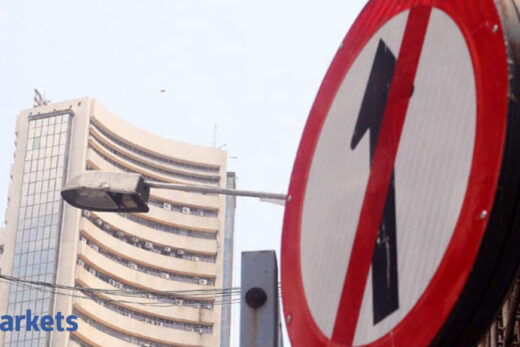Grantham’s GMO Emerging Market Fund purchased a small stake in the inner wear maker last week along with another prominent investor, Abakkus Asset’s Sunil Singhania. A few days prior to GMO’s entry, WHV-EAM Smallcap Fund bought a substantial piece of
, another innerwear company.
The rising interest of global equity funds in the sector is reflective of renewed interest in a space that had remained dormant over the past two years due to a crushing slowdown in domestic consumption.
The innerwear market in India was worth Rs 31,000 crore in 2018 and is expected to grow at an annual run rate of 11 per cent to Rs 89,700 crore by the end of 2028.
While the industry is currently dominated by smaller players in the unorganised sector, the pandemic will lead to greater consolidation of market share towards organised players, analysts said.
“Over the years, the industry has created a huge entry barrier by creating brands backed by big celebrity endorsement,” Anik Das of SMIFS, a Kolkata-based brokerage firm, said in a recent report.
In 2013-17, rose to prominence as the company’s association with Jockey helped it crack the premium segment market as ‘aspirational’ urban consumers became more fashion conscious even regarding their inner wear.
However, a look at the performance of the inner wear companies in 2021 suggested that investors are betting on traditional players to barge into the mid-to-top premium products segment with greater ease than before.
Shares of Page Industries have risen only 14 per cent so far in 2021 as compared to 25-97 per cent gains for
, Rupa & Co, and Lux Industries.
Breaking into the premium segment of inner wear products is not that difficult in a low per capita income economy like India’s. A customer can pay as little as Rs 60-70 apiece to upgrade himself from the economy segment to semi-premium segment and another Rs 100 to upgrade to premium segment.
As the consumption economy comes back on its feet steadily, demand for inner wear is bound to surge as people venture out of their homes. Economists expect India to vaccinate around 70 per cent of its population—key for herd immunity—by March 2022.
“Industry players are constantly looking for new revenue streams or product segmentation where they can generate higher realization than the regular innerwear,” Das said.
While innerwear is the main driving force, Indian listed companies are also switching focus to outer wear, especially, athleisure wear that has seen a surge in demand due to the work from home setup triggered by the COVID-19 pandemic.
From a stock market perspective, the low level of institutional participation in the sector should provide room for further re-rating as revenue and net profit growth are expected to compound by over 10 per cent annually for listed companies for the next three years, said analysts.



